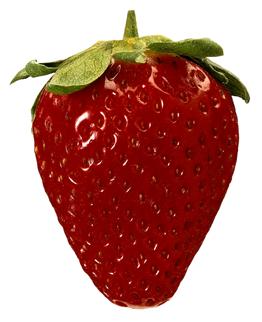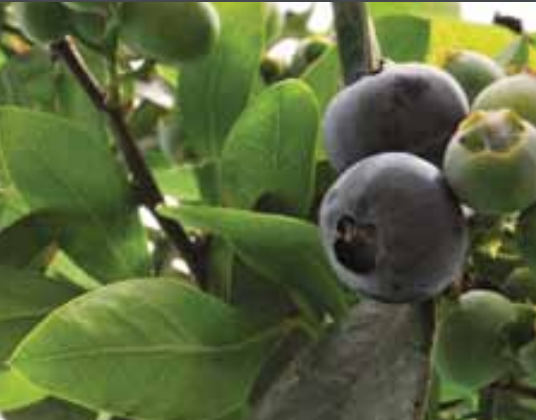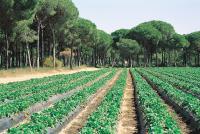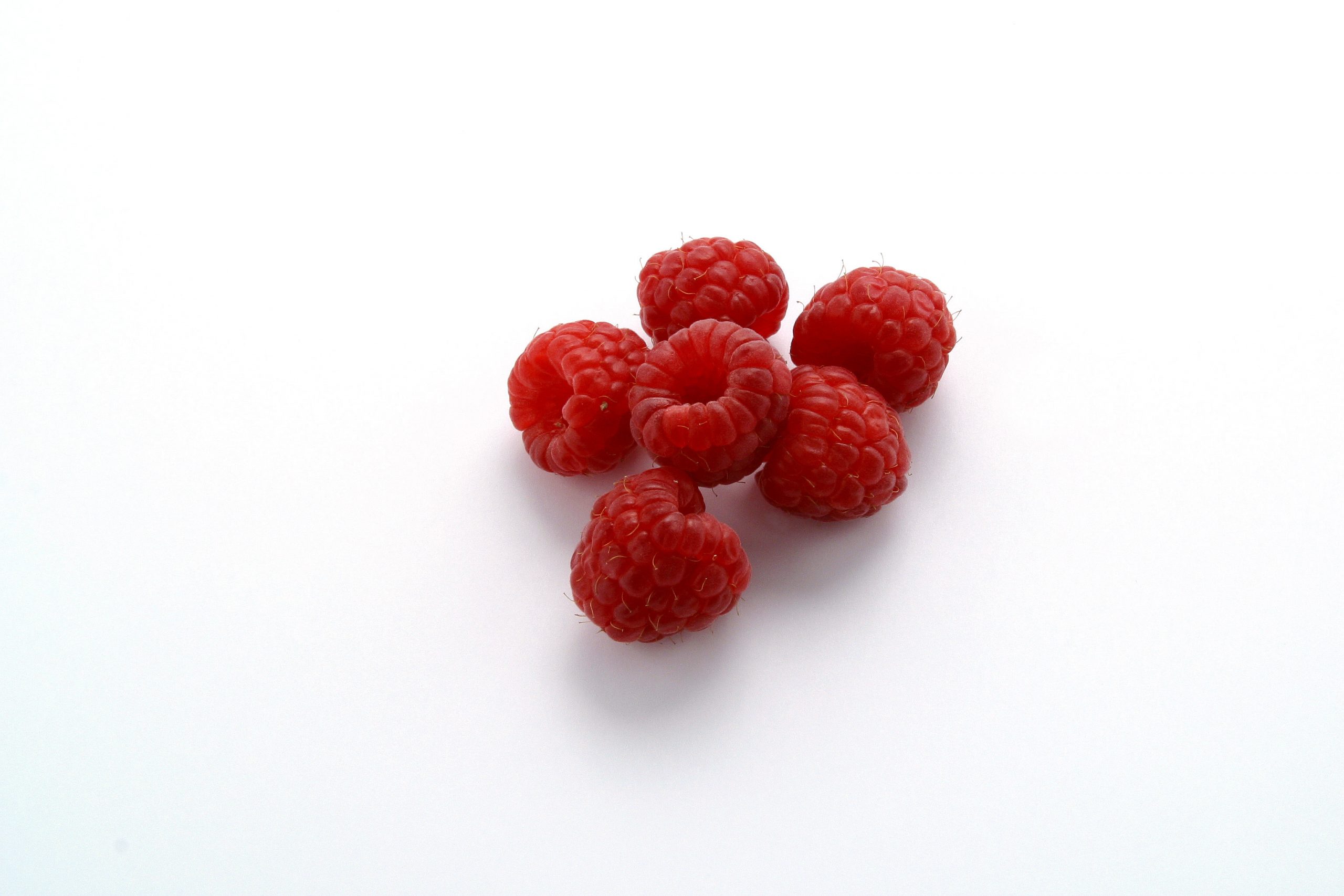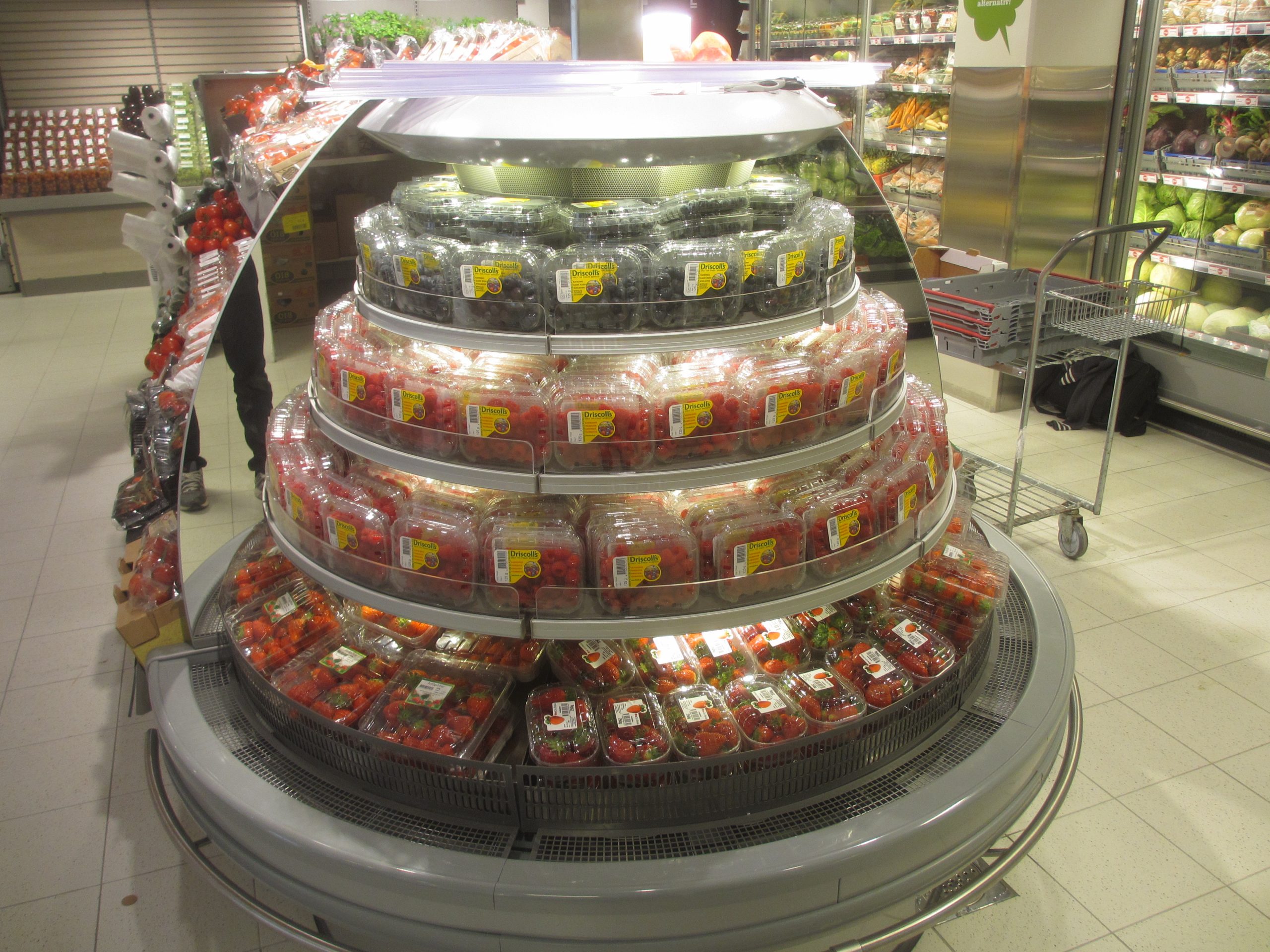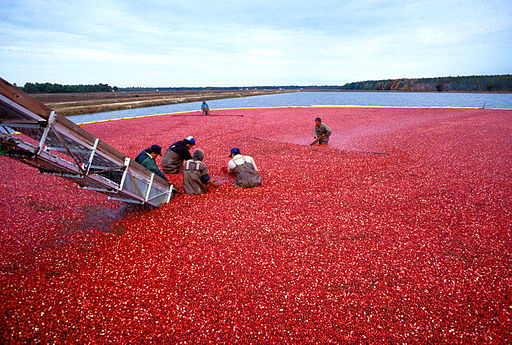
The Norwegian market leader for sales of fresh fruit, vegetables, berries and potatoes, BAMA Group (BAMA Gruppen AS) last year posted consolidated sales of BNOK 13.5 (€1.45b). Through its five business areas – including Grocery and HoReCa – each year 500,000 tons of fresh fruit, vegetables, berries, drinks and flowers – from a network of more than 1,300 producers in Norway and abroad – pass through its terminals on their way to 15,000 customers in Norway. Berries are BAMA’s top fruit category in value and bananas in volume, while for vegetables it’s tomatoes in value and potatoes in volume.


Competition in the Nordic grocery market is razor-sharp, Oslo-based BAMA said in its 2014 annual report, but in its favour is the growing interest Norwegians have in healthy diets, natural foodstuffs and food of Norwegian origin. BAMA Group CEO Rune Flaen says it’s the health trend that’s fuelled significant growth in products such as berries, avocados, spinach, root vegetables and kale. (In the last three years, sales volumes have shot up 856% for sweet potatoes, 1386% for kale and 80% for spinach.) BAMA’s overall volume growth for fruit and vegetables in 2014 was 2.6%.
Also favourable is that fruit and vegetable consumption continues to rise in Norway, in marked contrast to the rest of Europe. However, despite climbing 35% in 20 years, consumption in Norway remains below official dietary recommendations. The growth potential for BAMA’s product groups is therefore significant, BAMA said in the report. With excess weight emerging as Norway’s main health challenge, it has adopted a strategy of actively working to improve public health through increased focus on healthy diets and exercise.
Berries: 15% annual growth target
BAMA has certain focus areas for which it sets yearly growth targets. Berries is one of these, with a target of 15%, and by late September sales were already up 13% in volume. BAMA is the Norwegian market leader for berry sales and over five years logged spectacular growth of 140% to reach about 18,000 tons last year.

Instead of taking big volumes from external suppliers, BAMA now sources berries through its Rotterdam-based partner Nature’s Berries. “We also work directly with major Netherlands-based strawberry producers, cutting out expensive middlemen.”
Aiming for 20% growth in fresh cuts
BAMA Industry is one of BAMA Group’s five divisions and produces freshly-processed products, including fresh ready to eat/heat food, for the group’s HoReCa and Grocery business customers. It generated strong sales growth in 2014, a third of which came from products launched in just the last four years. Among these, new vegetable wok mixes and salad products, including two organic salad mixes, showed the most growth.


BAMA sees great promise in such convenience foods. Some European countries have market shares of up to 30–40%, but in Norway it’s still under 5%. “We see a huge market there in the future,” Flaen said. BAMA plans to grow the category through high speed product development, reliable quality, space management and good marketing. “We already have about 15% growth in fresh cuts grocery this year (first 38 weeks of 2015). The target for the category is 20% yearly growth, so we are well on track,” he said.
Demand for organic, short-travelled & Norwegian produce
- BAMA’s organic offering includes carrots, potatoes, onions, broccoli, bananas, apples and citrus.
- Organic produce represents about 3% of BAMA’s total fruit and vegetable sales volume.
- Demand for Norwegian-grown organic products rose 29% in 2014.
BAMA reports that its consumers show increasing interest in organic, short-travelled and Norwegian produce. In 2014, 60% of products were locally produced, no more than two hours away from the sales outlet. BAMA is collaborating with Gartnerhallen, Norway’s largest farm cooperative, to increase its proportion of Norwegian produce.
Future focus on smaller formats
In terms of goals for BAMA in the next 12 months, Flaen said one is to work on obtaining even better quality across all products. In doing so it will be examining logistics and temperature control, and working a lot on product development. Acknowledging there’s more focus today on food waste, he sees a need for BAMA to develop more products in smaller formats, “so a single household can have their solutions.”
“There will be a lot of focus on smaller packs in years to come,” he said.
source: BAMA annual report 2014 and interview with BAMA CEO Rune Flaen
JB
